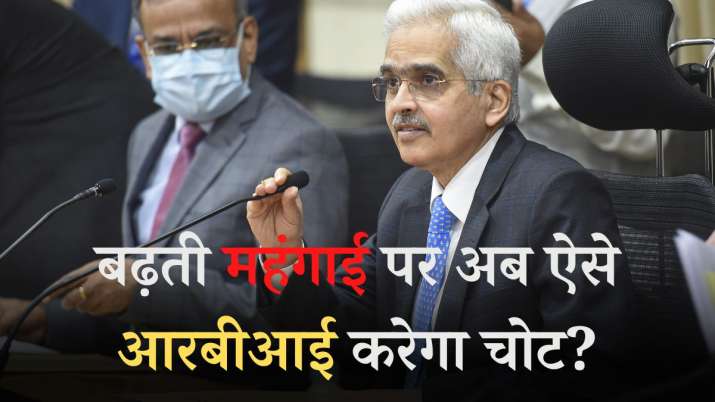After all, why was RBI forced to increase the repo rate? How much loss to the public due to this, know everything

Highlights
- Repo rate hiked by 0.50 percent
- At present, many countries of the world are facing the threat of recession.
- increase in foreign investment
Reserve Bank of India: Reserve Bank of India (RBI) governor of Shaktikanta Das on Friday Repo Rate 0.50 in Basis Point Since then, the minimum repo rate has been increased to 5.4 percent. at the same repo rate RBI Gives money to various banks of the country. If you do not have a good hold on business related matters. So this question must have arisen in your mind that why is there so much uproar over a small increase? Today we will try to find answers to all these questions. Also tell you why RBI was forced to increase the repo rate? What kind of problem would arise if the repo rate was not increased?
what percentage increase
The Reserve Bank of India (RBI) has once again increased the repo rate by 0.50 percent. Let us tell you that last month, on June 2022, the RBI had increased the repo rate by 40 basis points to 4.90%, while earlier on May 4, 2022, the RBI surprised everyone by increasing the policy repo rate by 40 basis points to 4.40%. . Then the Permanent Deposit Facility (SDF) rate was adjusted to 4.15% and the Marginal Standing Facility (MSF) rate and the Bank Rate to 4.65%.
Why RBI was compelled to increase the repo rate?
Repo rate is the interest rate at which RBI lends short-term money to banks. When the repo rate is increased, the interest rate also increases and banks pass the burden on the general public. This increases the loan and EMI. When RBI increases the repo rate, the liquidity in the market decreases. Liquidity means that you can easily get a loan from the bank whenever you want. When there is more demand in the market and less supply, then inflation rises. And if the demand is low and the supply is high, then our economy starts weakening. That is why it is said that it is very important to keep the balance of both. Remember, when the demand in the country was suddenly reduced during the time of Corona, the bank reduced the repo rate. This increased the liquidity in the market and which led to an increase in demand.
There is a boom in demand right now. Which is one of the reasons for rising inflation. The second reason is that our companies have to buy expensive raw materials, which is increasing the prices. Which will also affect the demand. After Corona, Russia-Ukraine war has started increasing inflation in all the countries of the world. At present, many countries of the world are battling with the fear of recession, whereas in India there is no such situation.
One of the functions of RBI is also to manage the demand and supply in the market. RBI says that if inflation is to be reduced, then it is necessary to increase the repo rate. If the repo rate is not increased, it will not be possible to control inflation.
According to RBI, inflation in domestic economic activity has remained at its peak, which has led the MPC to consider that further monetary policy changes are needed to contain inflationary pressures. Das said that this decision has been taken with the objective of raising the medium-term target for consumer price index (CPI) inflation to 4 percent.
increase in foreign investment
Das also said that the domestic economy is growing steadily. Net FDI during the first quarter of FY2023 stood at $13.6 billion, up from $11.6 billion in the corresponding period of the previous year. Exports have also registered a growth of 24.5 percent during April-June 2022, although there has been some decrease in July. India’s foreign exchange reserves stood at $573.9 billion on July 29. The GDP growth rate for the first quarter of 2023-24 is projected to be 6.7 percent.
Latest Business News
function loadFacebookScript(){
!function (f, b, e, v, n, t, s) {
if (f.fbq)
return;
n = f.fbq = function () {
n.callMethod ? n.callMethod.apply(n, arguments) : n.queue.push(arguments);
};
if (!f._fbq)
f._fbq = n;
n.push = n;
n.loaded = !0;
n.version = ‘2.0’;
n.queue = [];
t = b.createElement(e);
t.async = !0;
t.src = v;
s = b.getElementsByTagName(e)[0];
s.parentNode.insertBefore(t, s);
}(window, document, ‘script’, ‘//connect.facebook.net/en_US/fbevents.js’);
fbq(‘init’, ‘1684841475119151’);
fbq(‘track’, “PageView”);
}
window.addEventListener(‘load’, (event) => {
setTimeout(function(){
loadFacebookScript();
}, 7000);
});
,






